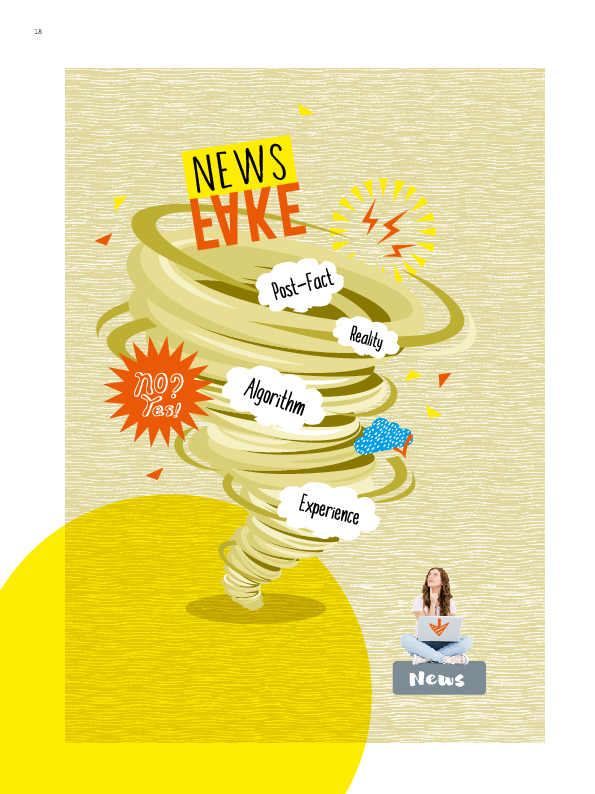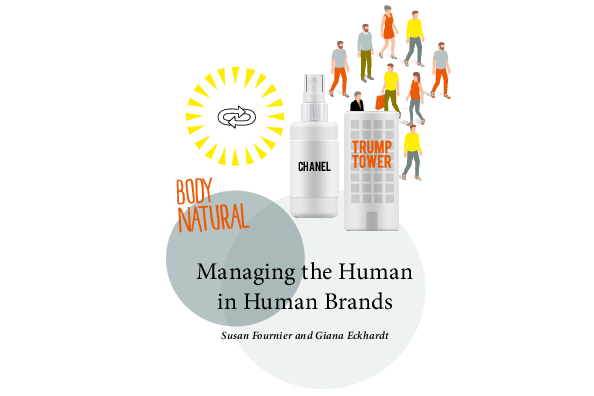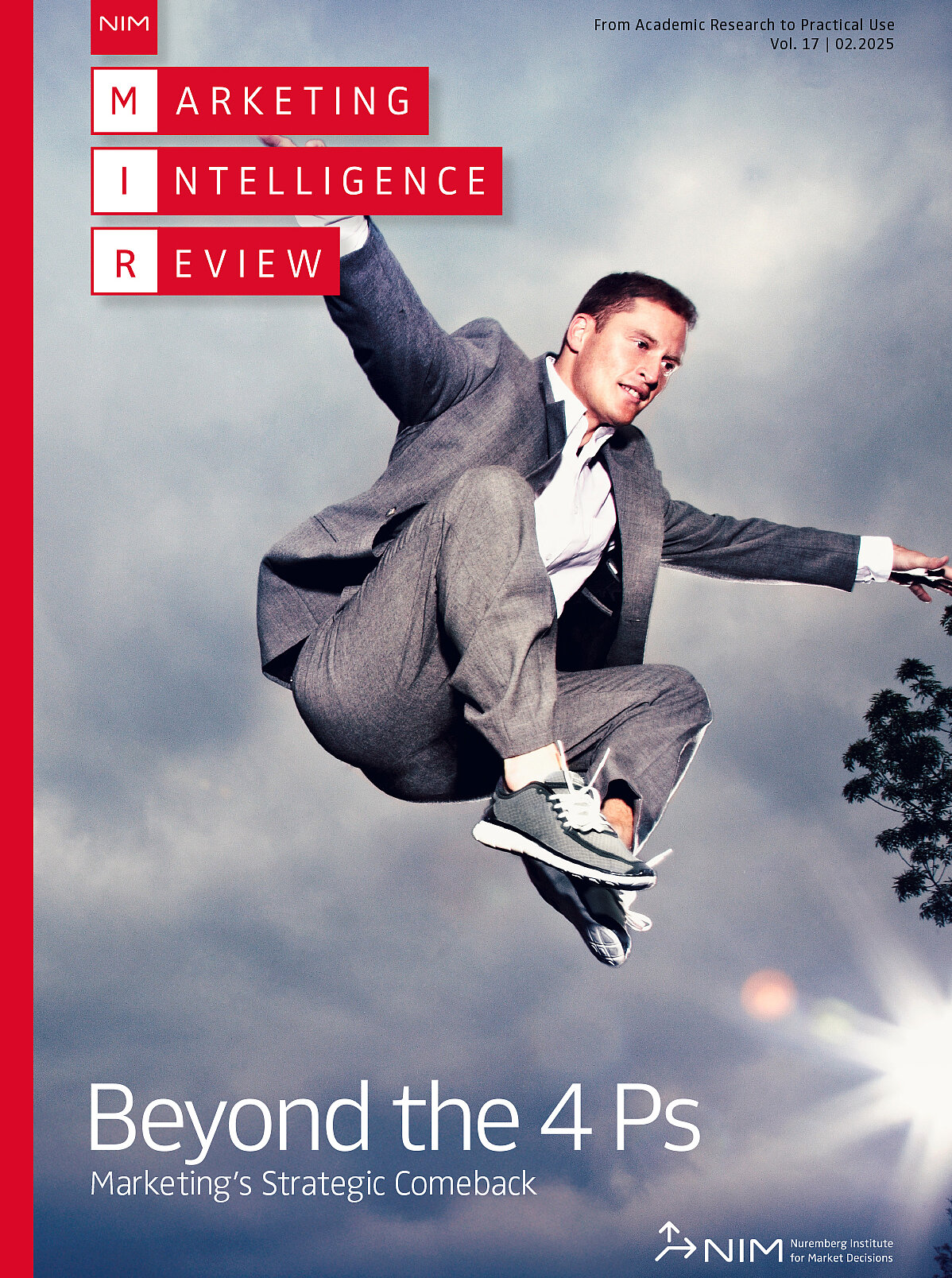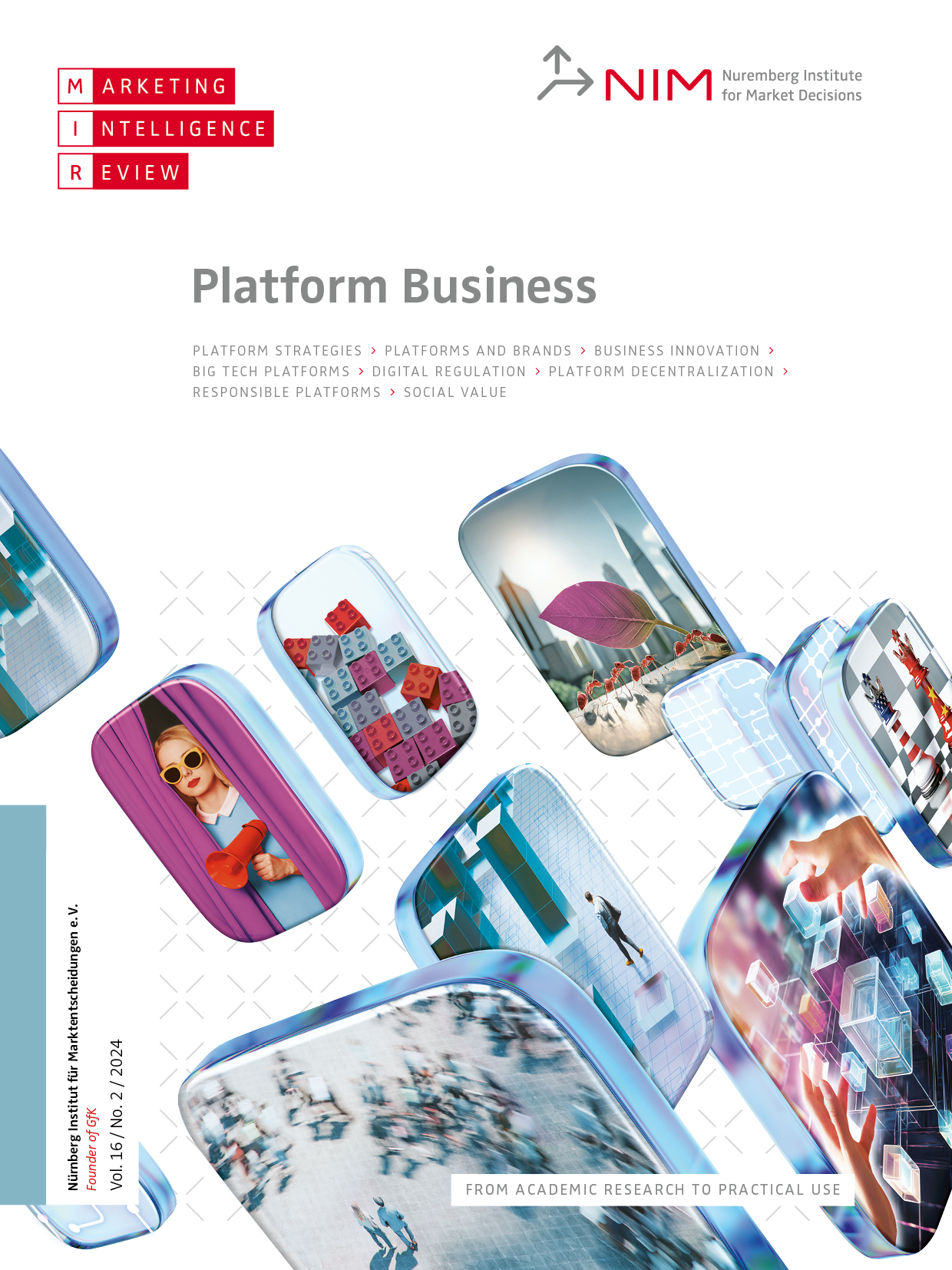How Truthiness, Fake News and Post-Fact Endanger Brands and What to Do About It
Pierre Berthon, Emily Treen and Leyland Pitt
Brands can interact both directly and indirectly with fake news. In some instances, brands are the victims of fake news and, other times, the purveyors. Brands can either finance fake news or be the targets of it. Indirectly, they can be linked via image transfer, where either fake news contaminates brands, or brands validate fake news.
To control the risk of negative image transfer, the authors propose technical actions to address false news and systemic steps to rethink the management of brands in order to inoculate against various forms of “fakery” and to reestablish stakeholder trust. Systemic solutions involve a rethinking of brands and branding. Too often, brands have become uncoupled from the reality of the offerings they adorn. But brands are not ends in themselves, they are the result of outstanding offerings. They can act as interpretive frames, but they don’t unilaterally create reality, as many seem to believe. Brands should not be seen and managed as objects but as perceptual processes.

![[Translate to English:] [Translate to English:]](/fileadmin/_processed_/5/c/csm_2018_gfk_mir_brand_risk_matters_eng_Kap1_beb2b78fb6.png)
![[Translate to English:] [Translate to English:]](/fileadmin/_processed_/f/c/csm_walker_vol_10_no_1_deutsch_a7ffbc6e15.png)

![[Translate to English:] [Translate to English:]](/fileadmin/_processed_/9/1/csm_mason_jayaram_vol_10_no_1_deutsch_595d7ce28d.png)
![[Translate to English:] [Translate to English:]](/fileadmin/_processed_/9/d/csm_monga_hsu_vol_10_no_1_deutsch_16af7fb030.png)
![[Translate to English:] [Translate to English:]](/fileadmin/_processed_/9/e/csm_fischer_ea_vol_10_no_1_deutsch_49d6278aab.png)
![[Translate to English:] [Translate to English:]](/fileadmin/_processed_/7/7/csm_2018_gfk_mir_brand_risk_matters_eng_Kap7_b1292c0e7b.png)
![[Translate to English:] [Translate to English:]](/fileadmin/_processed_/1/a/csm_2018_gfk_mir_brand_risk_matters_eng_Kap8_867b15d70e.png)


